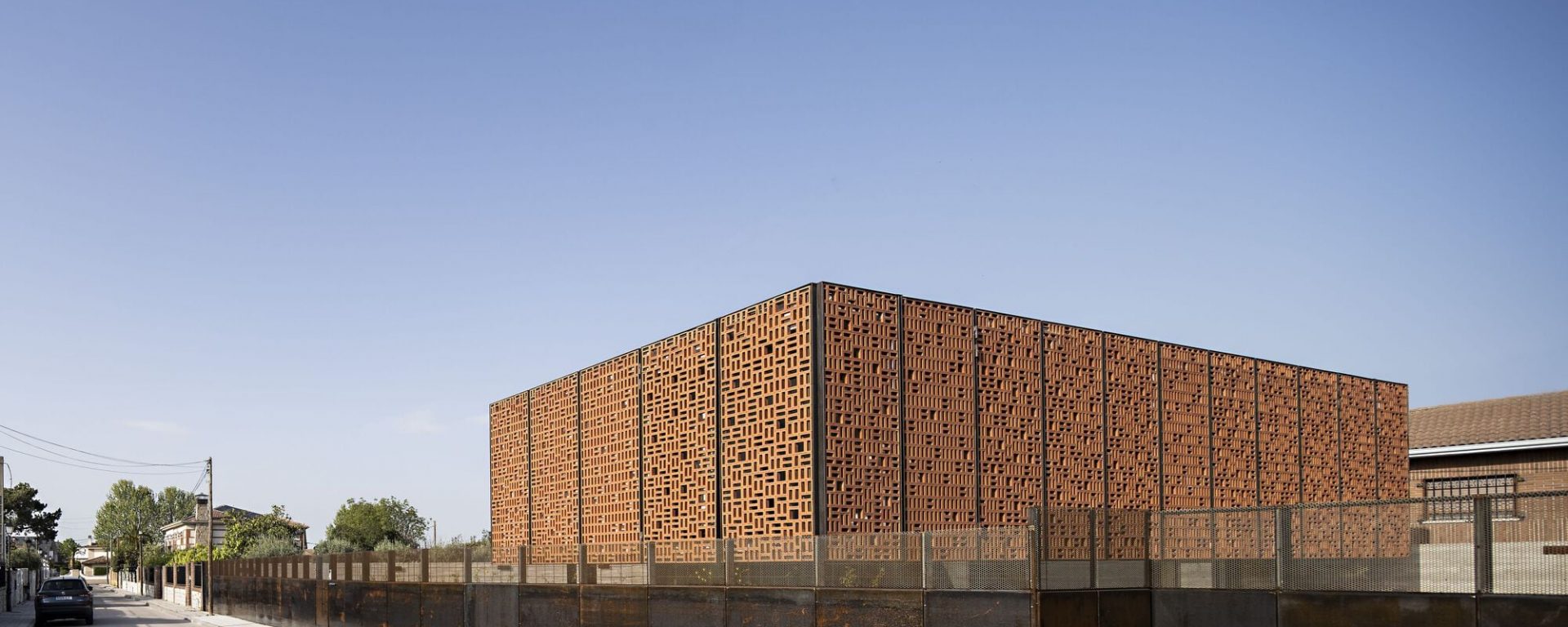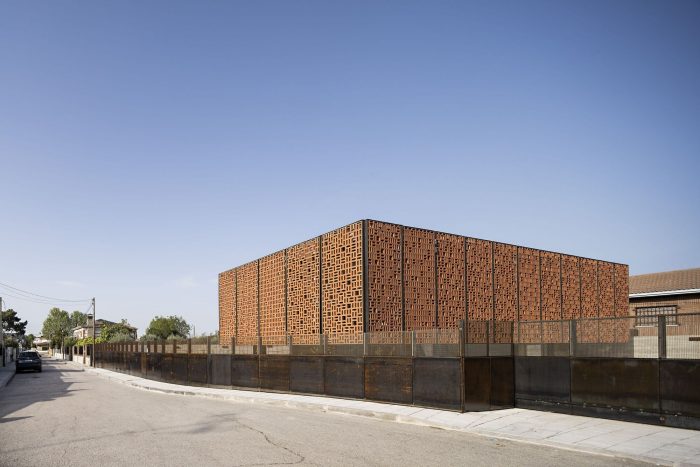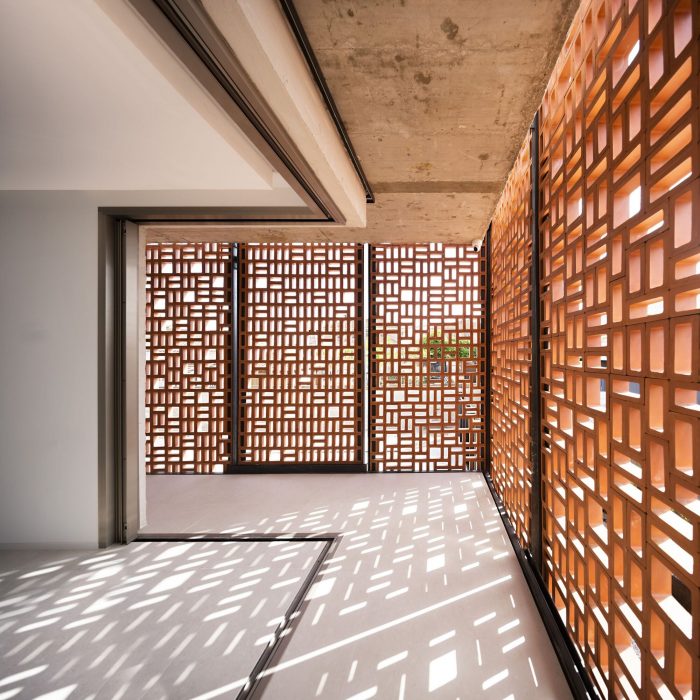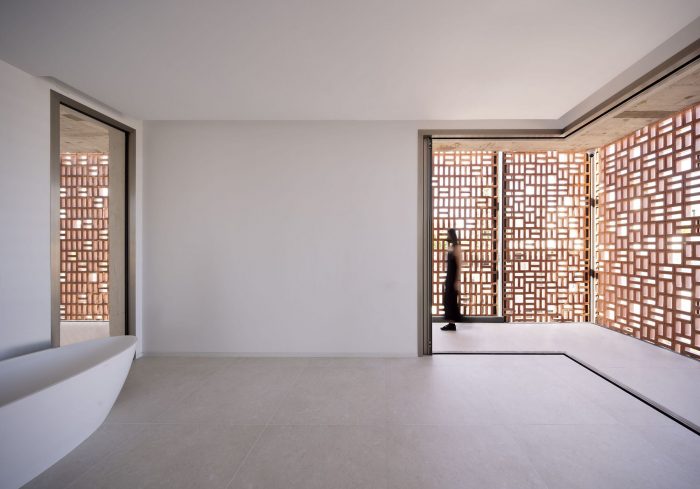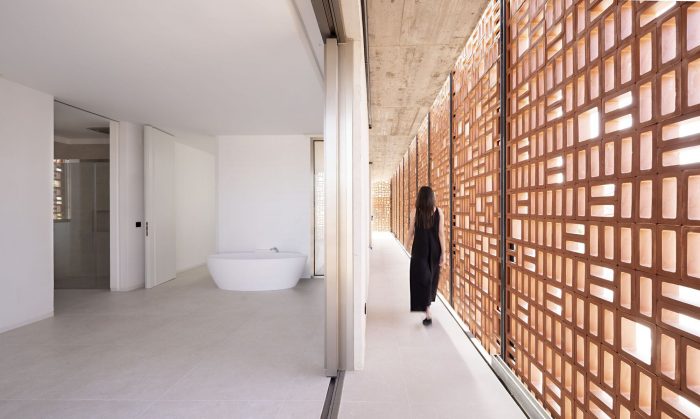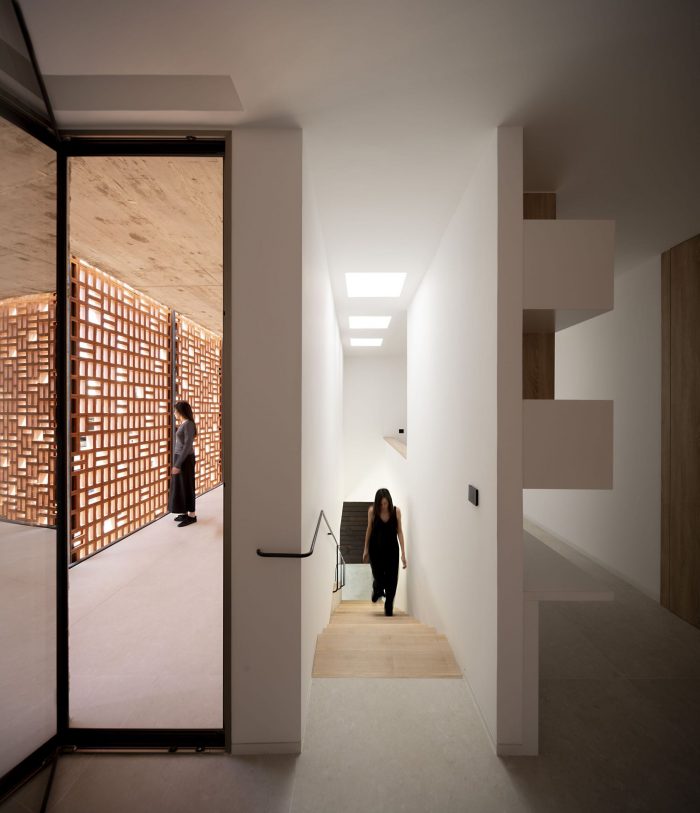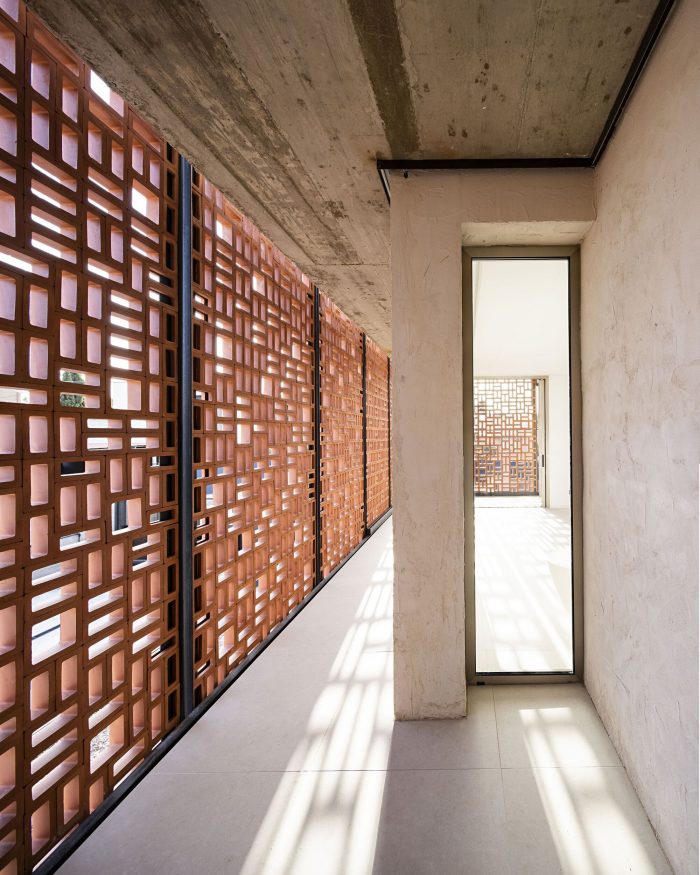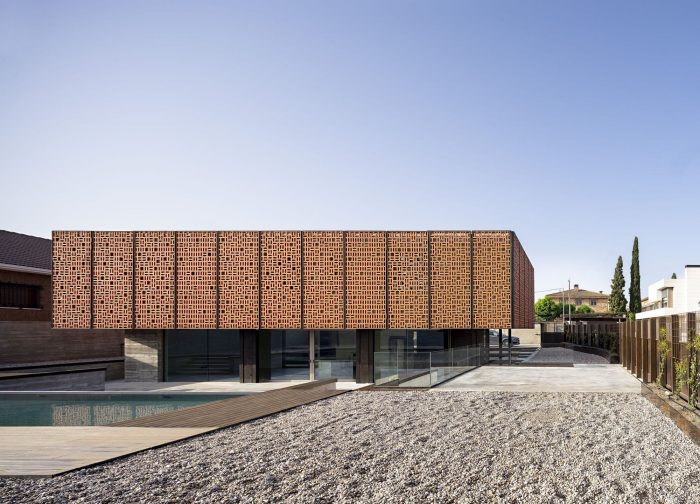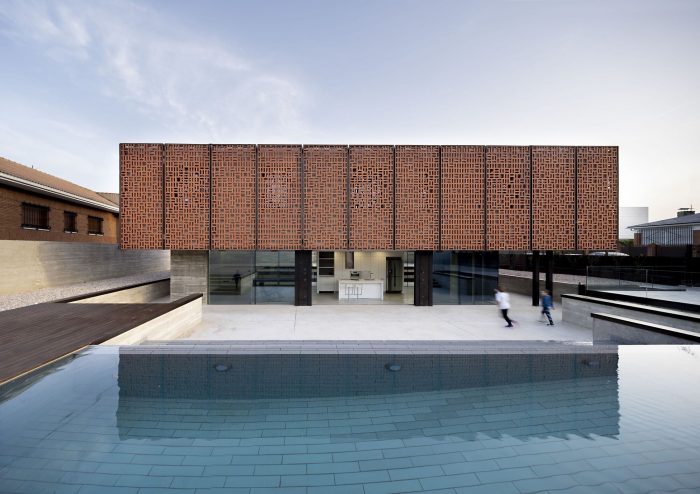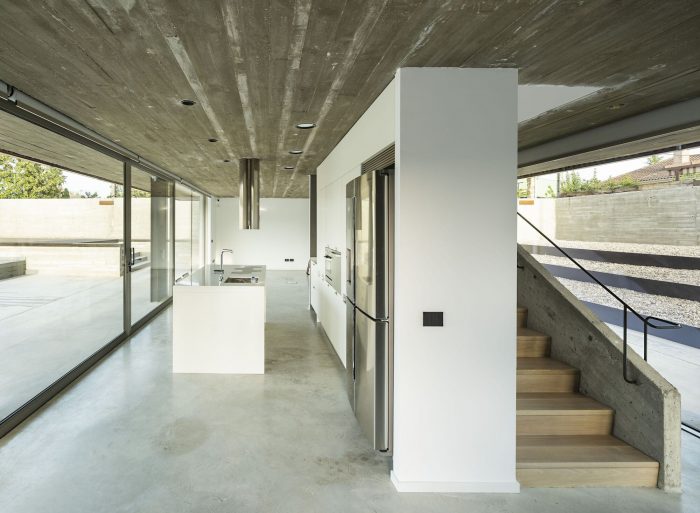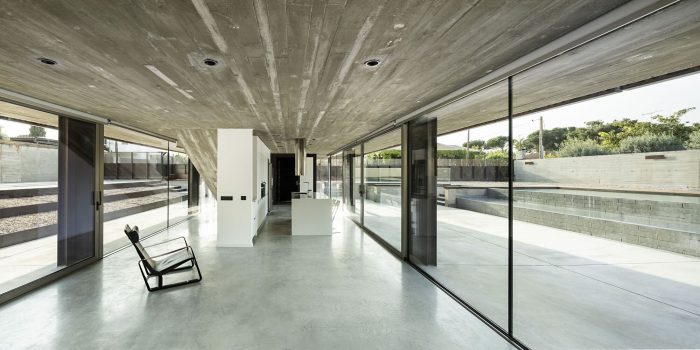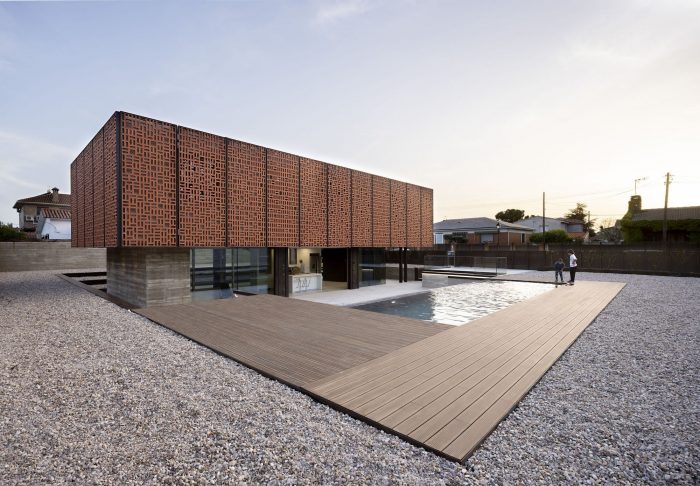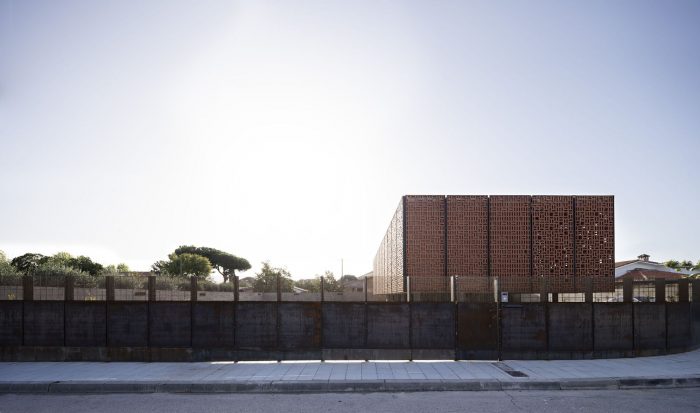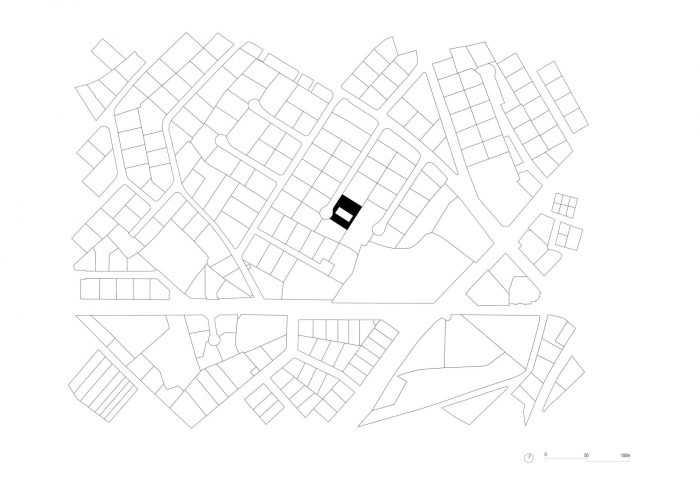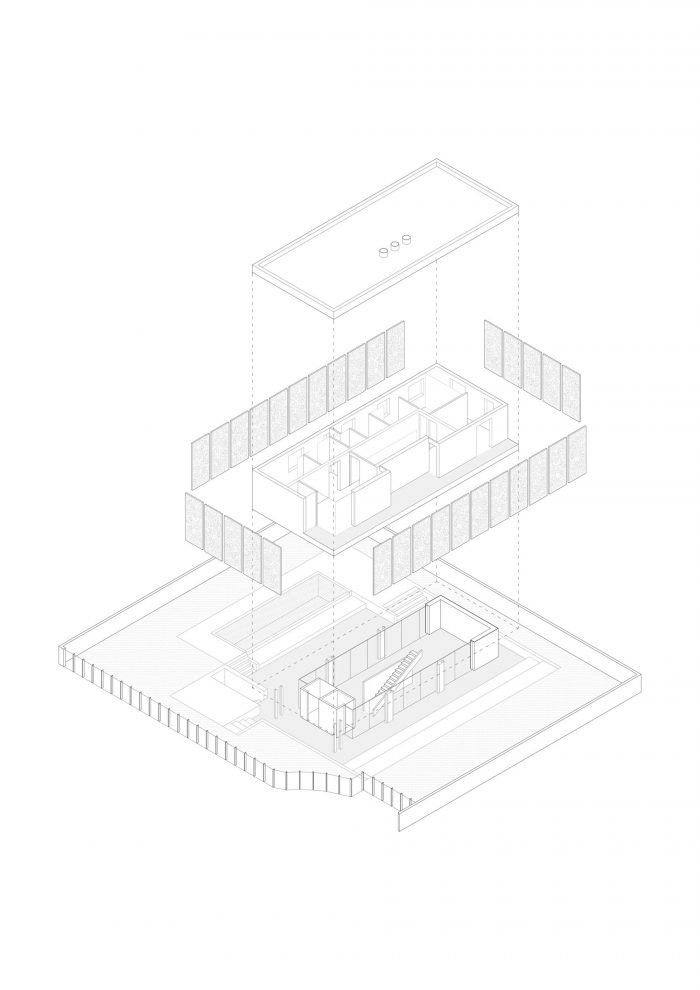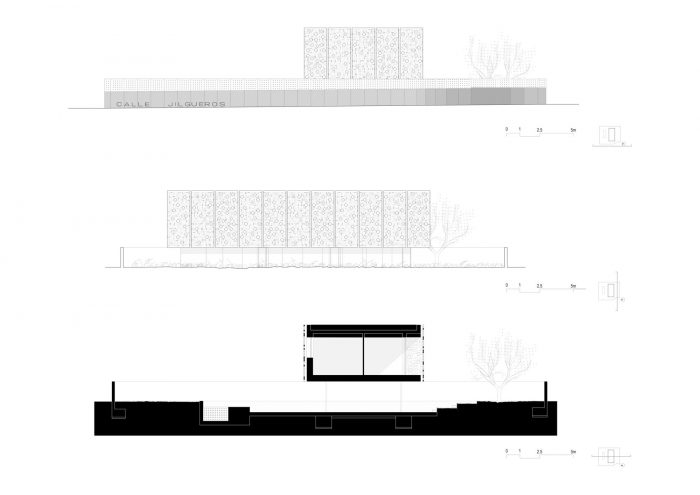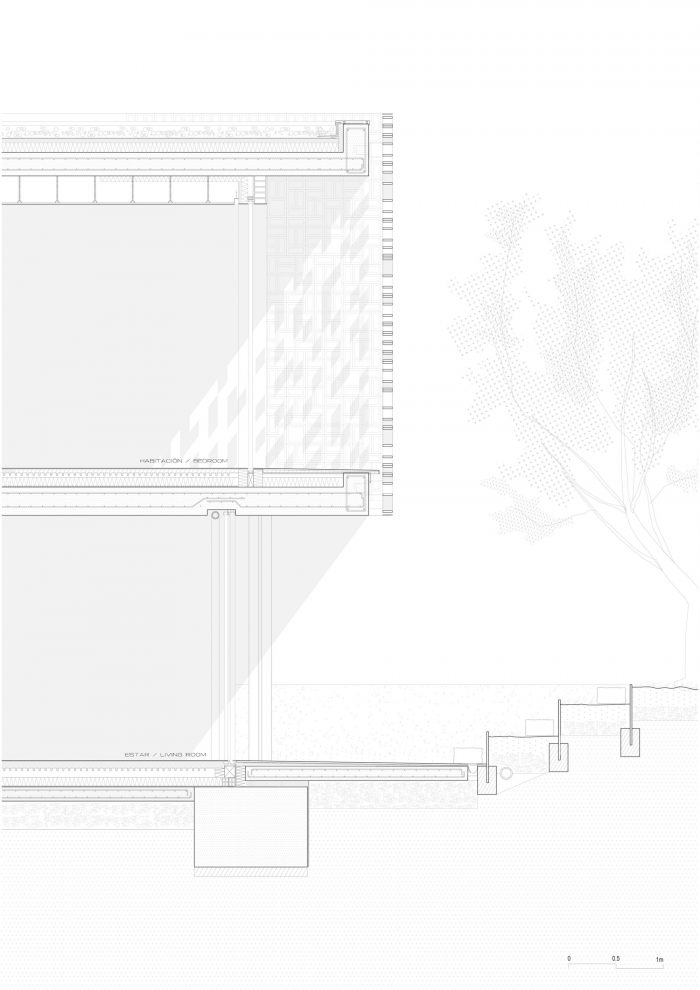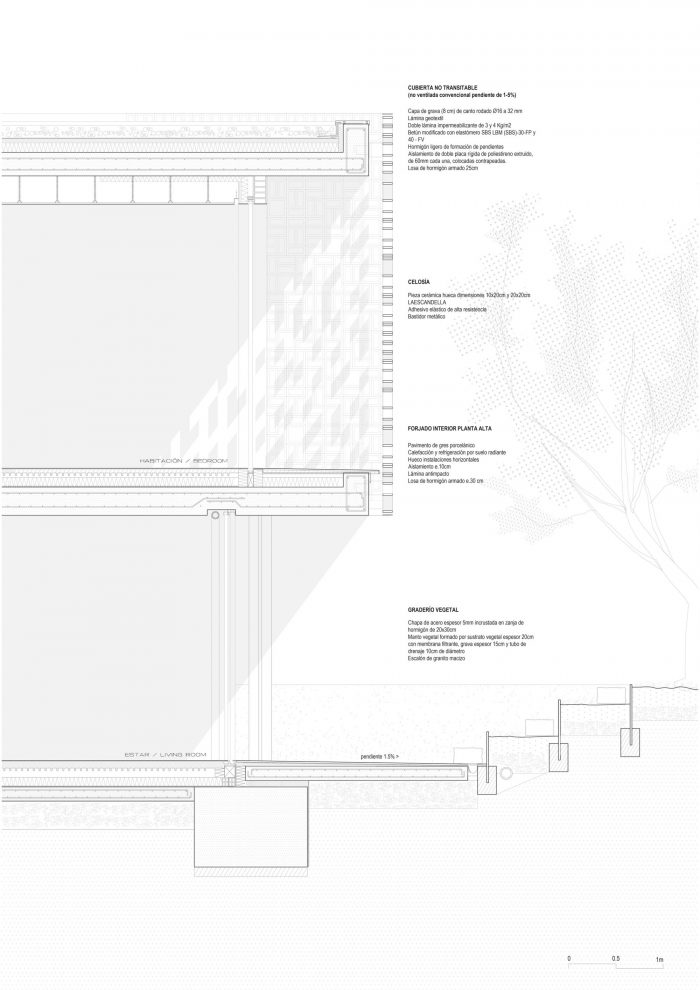除了作为我们的避难所,房子必须与城市联系起来,与它所处的城市环境产生新的接触。 然而,在同一时间,它必须表达某种神秘的概念,即在其墙壁和围墙后面发生了什么。
Apart from being our refuge, a house must relate to the city and generate new encounters with the urban context in which it finds itself. Yet, at the same time, it must express a certain enigmatic notion of what goes on behind its walls and enclosures.
这个项目提供了一个新的视角,即房子里的活动应该在多大程度上可以从街道上看到,并且房子的功能被屏蔽在其他邻居之外。
This project offers a new perspective on the extent to which the activity in the house should be visible from the street and the functioning of the house shielded from the rest of its neighbors.
在Casa Farol或灯笼屋中,围绕着建筑应该如何放置在城市中以及用户与家庭之间的互动应该如何发展的问题已经用一种传统材料得到了解决:陶瓷。虽然人类的生活,就其本质或基本需求而言,在最近几个世纪并没有什么变化,但社会问题已经发生了实质性的变化,转向越来越复杂。与我们复杂的当代家庭生活方式相比,这些新的调节因素的形式提供了一个简单的、悬浮的盒子,有明确的边缘和界限,由粘土制成。它组织了地块、住宅的用途、使用者的隐私,以及最重要的是,光线。
In the Casa Farol or Lantern House, issues surrounding how the building should be placed within the municipality and user-home interactions should develop have been resolved using a traditional material: ceramic. While human life, in its essence or basic needs, has not changed much over recent centuries, social issues have changed substantially, shifting towards ever-increasing complexity. The form of these new conditioning factors offers, in contrast to our complex contemporary domestic lifestyle, a simple, suspended box, with defined edges and limits, made of clay. It organizes the plot, the dwelling’s uses, the privacy of its users, and, above all, the light.
粘土和空隙之间的张力允许光线振动并被塑造。就像管乐器的声音一样,空气通过小孔来调节旋律,自古以来,从地球上提取的红色材料在窑中烹煮,通过人与物质之间的联系为用户提供了一系列的体验,扩大了房屋的品质,它将我们与人类最深的部分联系起来。
The tension between the clay and the void allows the light to vibrate and be shaped. As with sound in wind instruments, where the air passes through the holes to modulate melody, the red material extracted from the earth and cooked in kilns since ancient times offers a range of experiences to the user through the link between man and matter, expanding the qualities of the house, which connects us to the deepest part of the human being.
Architects: MUKA Arquitectura
Area : 243 m²
Year : 2022
Photographs :Javier Calleja Rovira
Manufacturers : VitrA, Almacenes Poveda , Cerámica La Escandella
Lead Architect : Moisés Royo, Jesús Bermejo
Collaborator Architect : Ignacio Campos Alcaraz, Loreto Carmenado Vaquero, Alba Martín de Vidales Mateos, Antonio González Rodríguez, Helena Medina , Gonzalo Buenache
City : Griñón
Country : Spain

